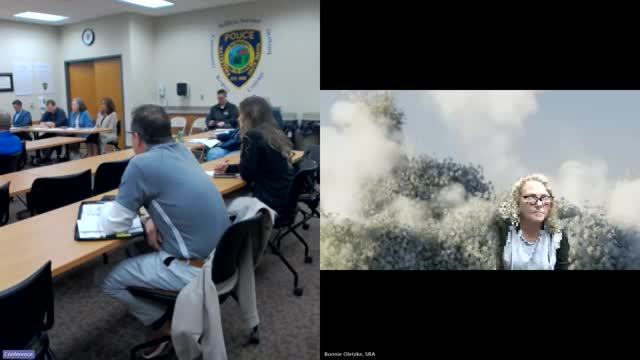City Council Faces Crucial Zoning Battle Over Development
November 05, 2024 | City of Watertown, Codington County, South Dakota
This article was created by AI summarizing key points discussed. AI makes mistakes, so for full details and context, please refer to the video of the full meeting. Please report any errors so we can fix them. Report an error »

During a recent government meeting, officials discussed the critical process of rezoning and its implications for local development. The conversation highlighted the importance of clearly defined criteria during the rezoning phase, which serves as a pivotal point for community engagement and decision-making.
Participants emphasized that once a property is rezoned, the focus shifts to a checklist of permitted uses, which must align with the established zoning regulations. For instance, if a property is transitioned from residential to commercial zoning, only specific types of establishments—such as a bar, church, or certain retail outlets—would be allowed. This framework aims to streamline the development process while ensuring that community concerns are addressed at the legislative stage.
The meeting underscored the necessity for public input during the rezoning discussions, allowing residents to voice their opinions on potential changes to land use. However, it was noted that arguments against the rezoning must be based on the limited uses permitted under the new zoning classification, rather than speculative concerns about future developments.
Officials reiterated that the time for community engagement is most crucial during the initial rezoning discussions, as this sets the groundwork for future developments. The clarity provided by the zoning process is intended to protect the character of neighborhoods and guide developers in their projects.
Overall, the meeting reflected a commitment to transparency and community involvement in local zoning decisions, ensuring that residents have a say in shaping the future of their neighborhoods while adhering to established guidelines.
Participants emphasized that once a property is rezoned, the focus shifts to a checklist of permitted uses, which must align with the established zoning regulations. For instance, if a property is transitioned from residential to commercial zoning, only specific types of establishments—such as a bar, church, or certain retail outlets—would be allowed. This framework aims to streamline the development process while ensuring that community concerns are addressed at the legislative stage.
The meeting underscored the necessity for public input during the rezoning discussions, allowing residents to voice their opinions on potential changes to land use. However, it was noted that arguments against the rezoning must be based on the limited uses permitted under the new zoning classification, rather than speculative concerns about future developments.
Officials reiterated that the time for community engagement is most crucial during the initial rezoning discussions, as this sets the groundwork for future developments. The clarity provided by the zoning process is intended to protect the character of neighborhoods and guide developers in their projects.
Overall, the meeting reflected a commitment to transparency and community involvement in local zoning decisions, ensuring that residents have a say in shaping the future of their neighborhoods while adhering to established guidelines.
View full meeting
This article is based on a recent meeting—watch the full video and explore the complete transcript for deeper insights into the discussion.
View full meeting